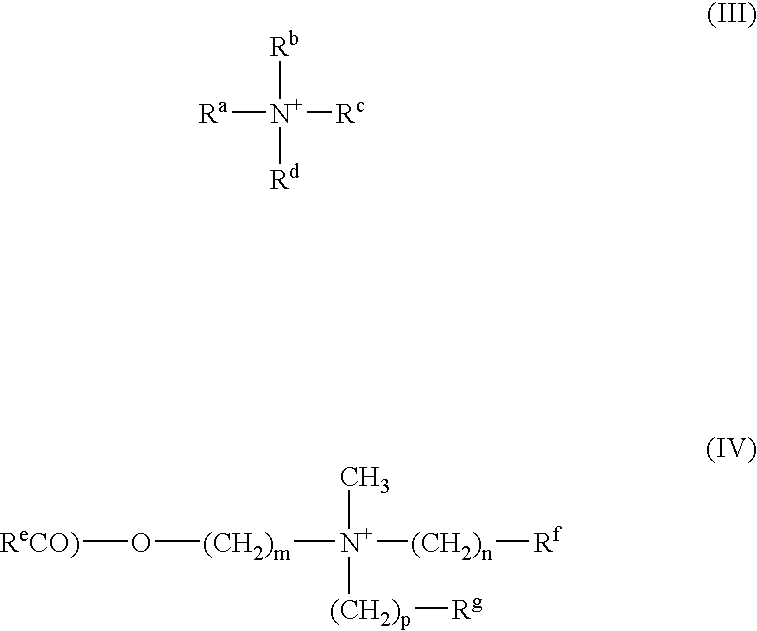Inhibition of the asexual reproduction of fungi
a technology of asexual reproduction and fungus, which is applied in the direction of biocides, detergent compounding agents, other chemical processes, etc., can solve the problems of increasing the risk of resistance buildup, biocides are not always ecologically and toxicologically safe, and the antimicrobial agents used for this purpose are often non-selective, so as to achieve the effect of preventing the spread of fungus, and reducing the risk of unwanted side effects
- Summary
- Abstract
- Description
- Claims
- Application Information
AI Technical Summary
Benefits of technology
Problems solved by technology
Method used
Image
Examples
example 1
Effect of Farnesol on the Sporulation of Aspergillus niger
Quantities of 100 μl of a cell suspension of Aspergillus niger (1.5·107 cells / ml) were plated out onto malt agar extract (Merck) to which farnesol had been added in various quantities of 0; 25; 62.5; 125; 250 and 500 μM. The plates were incubated for 5 days at 25° C. after which sporulation was evaluated by appearance and the inhibition of sporulation was assessed (cf. Table 1). None of the farnesol concentrations used inhibited growth whereas sporulation was inhibited with increasing concentrations and completely suppressed at 500 μM.
TABLE 1sporulation at various farnesol concentrationsFarnesol concentration [μM]02562.5125250500Sporulation [%]100907550100
examples 2 to 4
Wallpaper Adhesives
Example 2
IngredientsQuantityMethyl cellulose (300 m · Pas in 2% aqueous solution,500 g methoxyl content 26%)PV acetate redispersion powder350 g Kaolin60 gCellulose powder50 gAdduct of 6 mol ethylene oxide and 1 mol nonylphenol10 gCommercially available preservative (based on isothizaoline 8 gderivative)Farnesol0.2 g
example 3
IngredientsQuantityMethyl cellulose (5000 m · Pas in 2% aqueous solution,680 gmethoxyl content 19%)Carboxymethyl starch (DS 0.22)300 gAdduct of 4 mol ethylene oxide and 1 mol fatty alcohol 15 gCommercially available preservative (based on isothiazoline 10 gderivative)Farnesol 0.2 g
PUM
| Property | Measurement | Unit |
|---|---|---|
| temperatures | aaaaa | aaaaa |
| temperatures | aaaaa | aaaaa |
| concentration | aaaaa | aaaaa |
Abstract
Description
Claims
Application Information
 Login to View More
Login to View More - R&D
- Intellectual Property
- Life Sciences
- Materials
- Tech Scout
- Unparalleled Data Quality
- Higher Quality Content
- 60% Fewer Hallucinations
Browse by: Latest US Patents, China's latest patents, Technical Efficacy Thesaurus, Application Domain, Technology Topic, Popular Technical Reports.
© 2025 PatSnap. All rights reserved.Legal|Privacy policy|Modern Slavery Act Transparency Statement|Sitemap|About US| Contact US: help@patsnap.com



